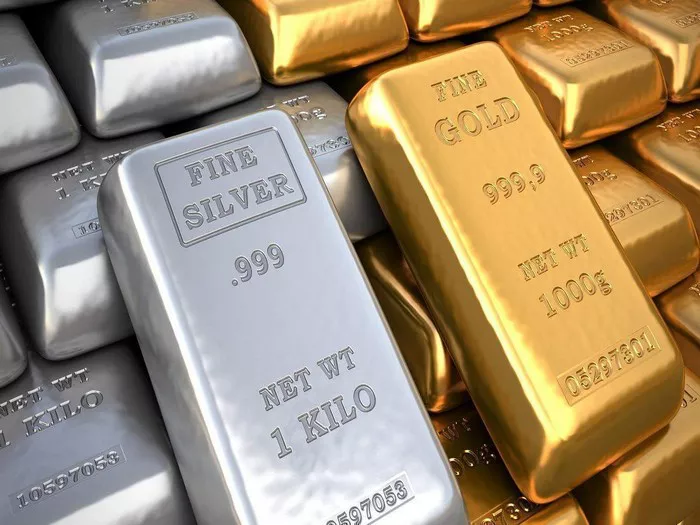Silver and gold are two of the most widely traded precious metals in the world, prized for their beauty, rarity, and intrinsic value. However, despite sharing many similarities, silver is consistently priced lower than gold. In this comprehensive guide, we will delve into the factors behind this price disparity, addressing the potential needs of users and providing valuable insights to understand why silver is cheaper than gold.
The Price Divide: Understanding the Disparity
The price difference between silver and gold has intrigued investors, economists, and enthusiasts for generations. While both metals are considered stores of value and have diverse industrial applications, several factors contribute to silver’s lower price relative to gold:
Abundance in the Earth’s Crust: Silver is more abundant in the Earth’s crust than gold, with roughly 17 times more silver deposits than gold deposits. This abundance of silver relative to gold increases its availability for mining and contributes to its lower price.
Industrial Demand: Unlike gold, which is primarily used for jewelry, investment, and as a store of value, silver has extensive industrial applications across various sectors, including electronics, solar panels, medical devices, and photography. The industrial demand for silver accounts for a significant portion of its total consumption and influences its price dynamics.
Market Liquidity and Trading Volume: The silver market is generally less liquid and has lower trading volumes compared to the gold market. This lower liquidity can result in greater price volatility and wider bid-ask spreads, contributing to silver’s relatively lower price compared to gold.
Monetary Status and Investor Sentiment: Gold has a long-standing history as a monetary metal and is often viewed as the ultimate safe-haven asset and store of value. As a result, investor sentiment and demand for gold as a hedge against economic uncertainty and inflation tend to be stronger than for silver, leading to higher prices for gold relative to silver.
Storage Costs and Practicality: Silver is bulkier and less dense than gold, making it more expensive to store and transport. The higher storage costs associated with silver can act as a deterrent for investors and contribute to its lower price relative to gold.
Investment Implications and Opportunities
Understanding why silver is cheaper than gold can have significant implications for investors seeking to diversify their portfolios and capitalize on market opportunities. Here are some key points to consider:
Portfolio Diversification: Silver can serve as an effective diversification tool within investment portfolios, offering exposure to precious metals while complementing other asset classes such as stocks, bonds, and real estate.
Potential for Capital Appreciation: While silver is priced lower than gold, it has the potential for significant capital appreciation, particularly in periods of strong industrial demand, economic growth, or inflationary pressures.
Historical Price Trends: Historical price trends indicate that silver has exhibited greater price volatility than gold, with the potential for sharp price movements in both directions. Investors should carefully assess their risk tolerance and investment objectives when considering silver as an investment option.
Long-Term Value Proposition: Despite its lower price relative to gold, silver remains a valuable asset with diverse industrial applications, limited supply, and intrinsic worth. Investors with a long-term investment horizon may find silver to be an attractive addition to their portfolios.
Conclusion: Navigating the Dynamics of Precious Metals Markets
In conclusion, the price disparity between silver and gold reflects a combination of factors, including abundance in the Earth’s crust, industrial demand, market liquidity, investor sentiment, storage costs, and practical considerations. While silver is cheaper than gold on a per-ounce basis, it offers unique investment opportunities and diversification benefits for investors seeking exposure to precious metals.
By understanding the dynamics of precious metals markets and the factors influencing the prices of silver and gold, investors can make informed decisions to optimize their investment portfolios and achieve their financial goals. Whether as a hedge against inflation, a store of value, or a speculative investment, silver continues to play a vital role in the global economy and offers potential opportunities for growth and wealth preservation. With careful research, due diligence, and strategic planning, investors can navigate the complexities of precious metals markets and capitalize on the inherent value and allure of silver for years to come.

